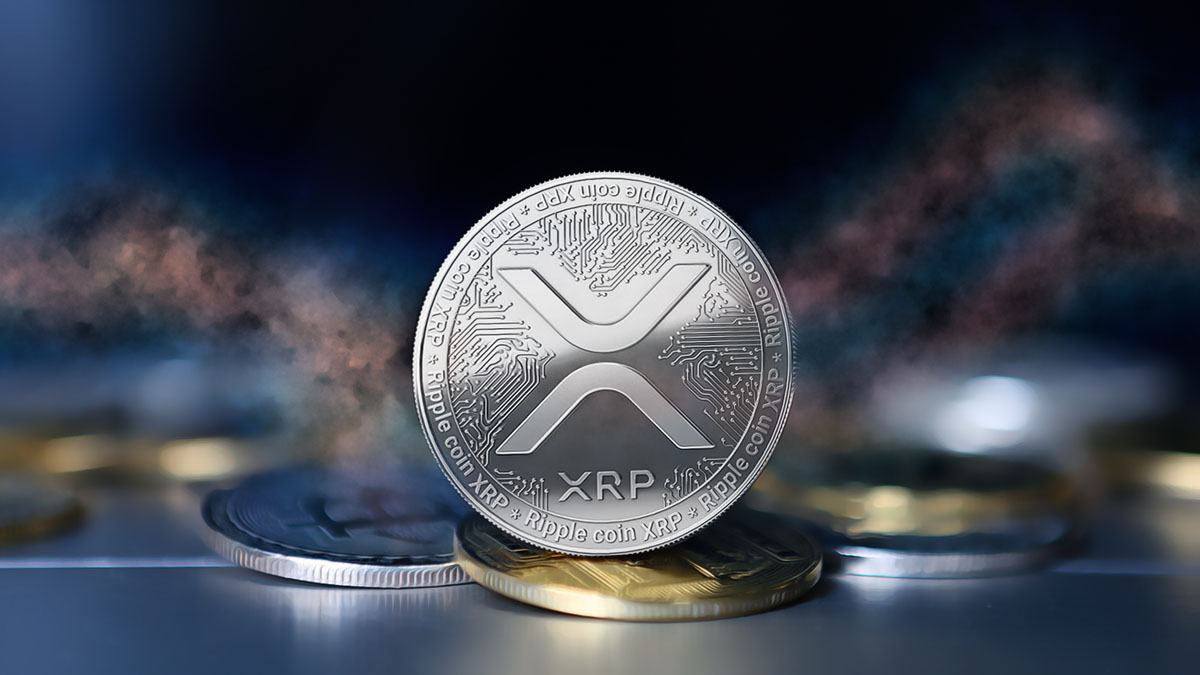In 2020, the U.S. Securities and Exchange Commission (SEC) approached Ripple with a request before filing a lawsuit in December. Ripple’s legal chief, Stuart Alderoty, revealed that the SEC had proposed a settlement that would require Ripple to publicly acknowledge XRP as a security and grant a short period for compliance.
The SEC accused Ripple co-founder Christian Larsen and CEO Bradley Garlinghouse of conducting an unregistered digital asset securities offering and raising over $1.3 billion. This legal action was initiated on December 22, 2020, despite the earlier settlement proposal.
Ripple refused the SEC’s offer, maintaining that XRP is not a security and criticized the SEC for not providing a regulatory framework for crypto compliance. The company argued that the existing securities laws were not suitable for digital assets, a stance shared by major U.S. crypto organizations.
Alderoty criticized the SEC for failing to establish clear crypto compliance rules, noting that even three years after the XRP lawsuit, the SEC has not achieved proper industry compliance and continues to initiate legal actions against major crypto exchanges like Coinbase and Binance.
Despite differing perspectives from figures like Clayton, Hinman, and Gensler, Alderoty emphasized that the focus of the lawsuit remained on XRP, which has been continuously challenged to prove that it is not a security on its own.
In recent months, Judge Analisa Torres dismissed the SEC’s claim that XRP is a security during court proceedings between the SEC and Ripple. In a summary judgment issued in July 2023, Judge Torres ruled that XRP cannot be considered a security in individual transactions.












